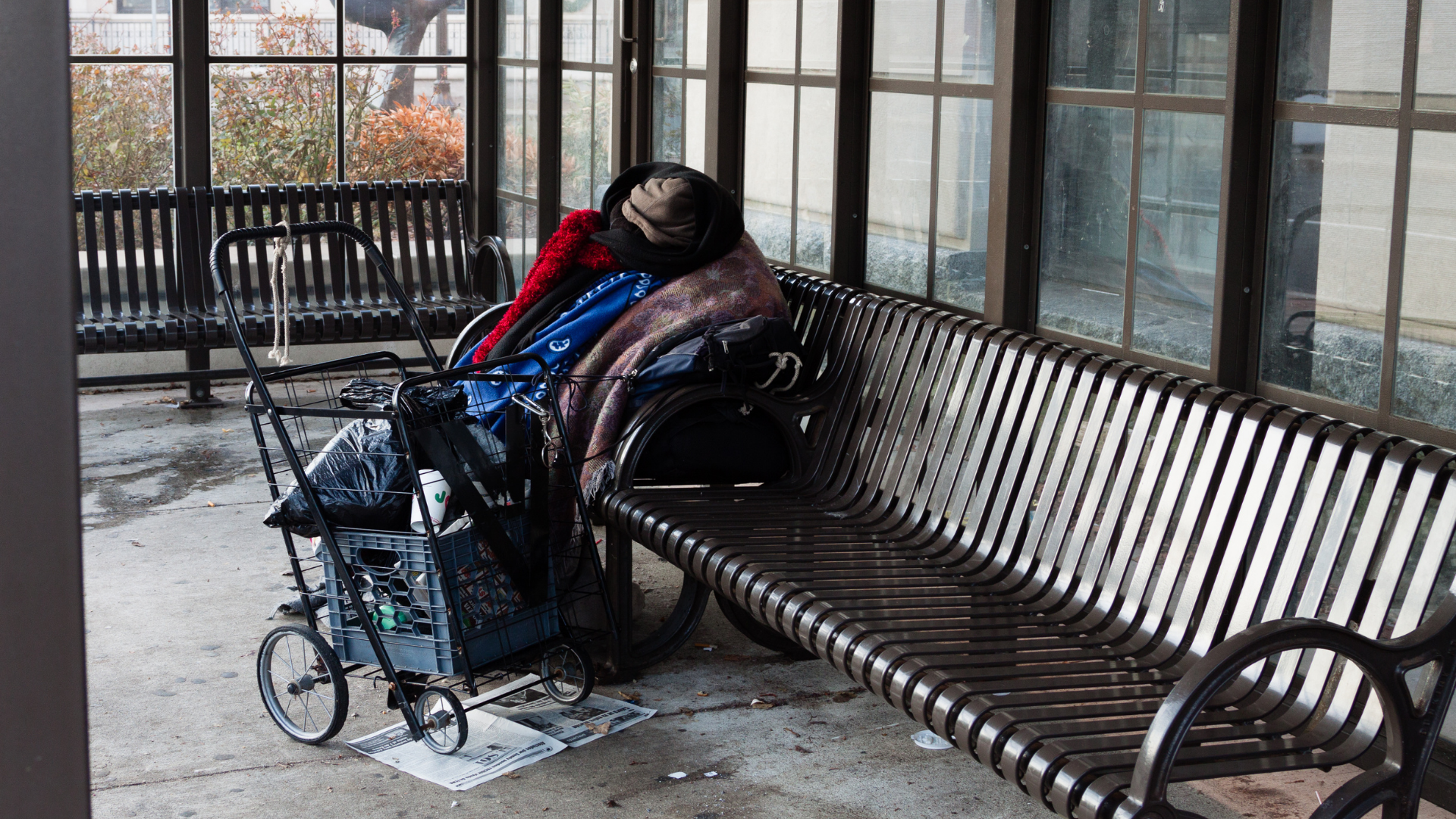On 11 November, LSE London published Releasing the Mortgage Prisoners. This report, based on research funded by Martin Lewis of MoneySavingExpert, sets out potential solutions for the problem of mortgage prisoners.This term was almost unknown ten years ago but is now in common use. It refers to home owners who borrowed from lenders that are no longer active, especially Northern Rock and Bradford & Bingley. When these lenders failed after the global financial crisis they were taken into government ownership through UK Asset Resolution (UKAR), which sold these ‘closed book’ loans on to investors.
Many prisoners cannot move to better mortgages within the same organisations because most of the investors who bought the closed books are not mortgage lenders. Equally, many find it difficult or impossible to take out new loans with active lenders because they do not meet current, more stringent lending criteria. They are stuck paying relatively high interest rates but unable to remortgage. Not surprisingly, many prisoners report that the situation affects their physical and mental health and undermines their general wellbeing. This has costs for them but also for their families, the NHS and the wider economy.
Both UKAR and the Financial Conduct Authority (FCA) have recognised the problem and over the years have adopted policies meant to ensure prisoners are treated fairly and have access to the wider mortgage market. However, the policies currently in place will help only a small minority of the remaining prisoners: these policies depend on the risk appetite of lenders, who have become much more cautious even in the last year.
There is a strong case for a wider variety of solutions that would reduce harm to prisoners by preventing defaults, keeping people in their homes and mitigating overall debt problems (including other types of debt). The LSE London research identifies several policies that would allow more prisoners to reduce their payments and/or restructure their mortgage arrangements and keep their homes. The proposed solutions include government equity loans, partial debt write-off and better information and debt counselling. The solution(s) that will work for each prisoner depend on their particular circumstances, including both the characteristics of their existing mortgages and their personal situations — especially the type and amount of other debt they have.
There are lessons to be learned from countries that saw millions of borrowers affected by mortgage debt difficulties after the global crisis. Some of the approaches used in the USA and Ireland—notably ‘haircuts’ and mortgage rescue schemes—might well be considered in the UK.
The potential measures are set out in the full report, which can be found here, followed by a note on methodology.The next step is for government to undertake further, in-depth assessment of the characteristics of the prisoner population and their loans, to identify which policies would be most effective in resolving this longstanding problem.






1 Comments